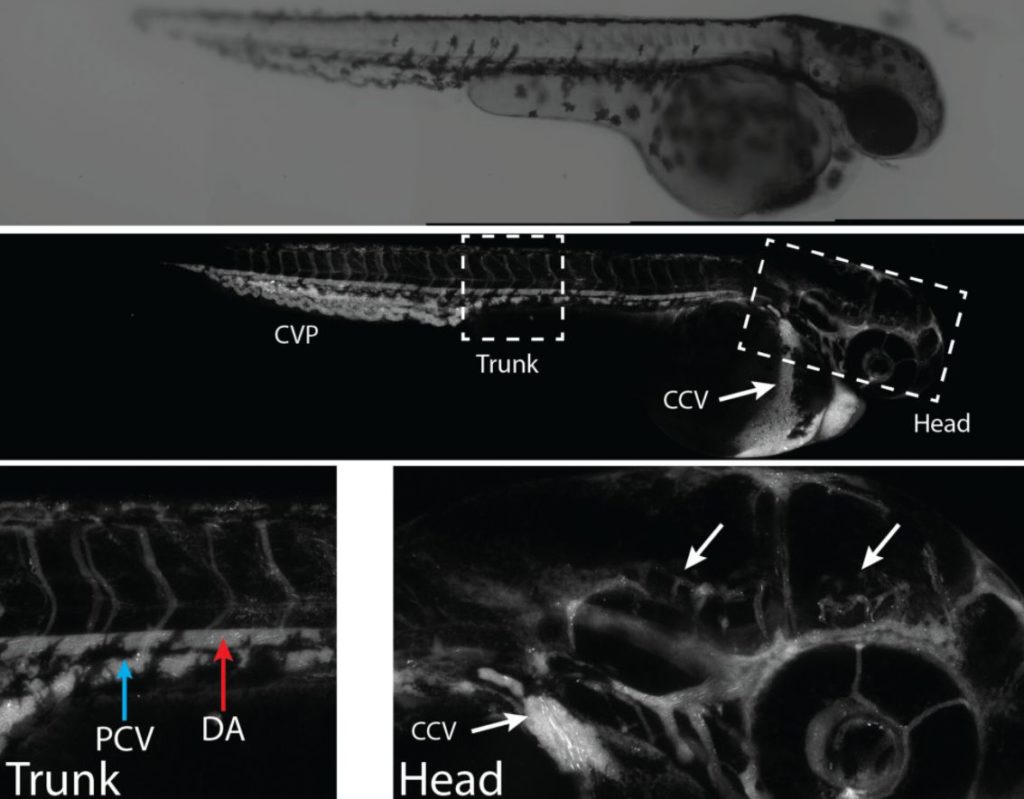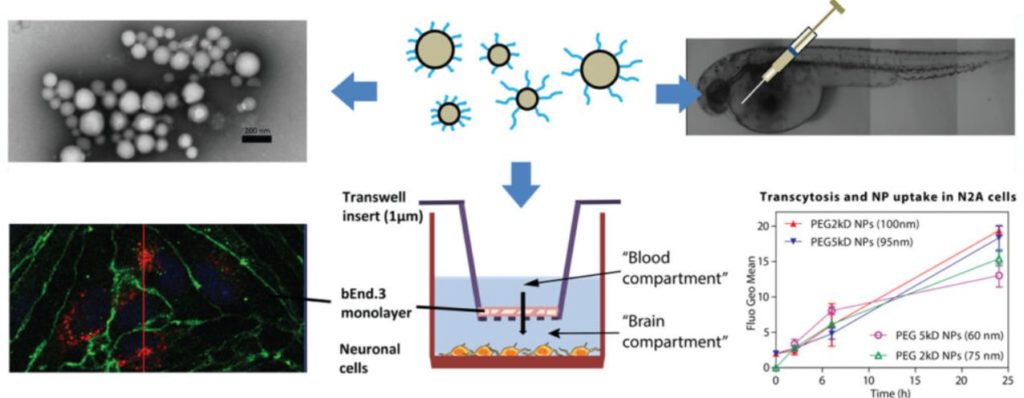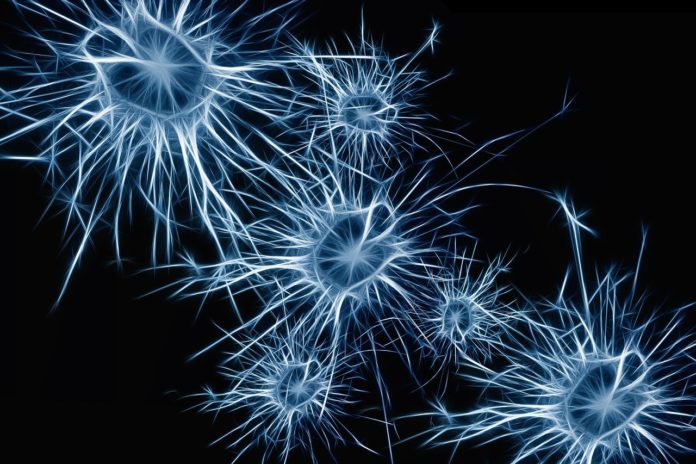Nanoparticles can be used to deliver drugs to the brain and thereby help patients with neurodegenerative diseases.
The treatment of neurodegenerative diseases – slowly progressive, hereditary or acquired diseases of the nervous system, the most famous of which are Alzheimer’s and Parkinson’s, as well as dementia – are greatly hampered by the presence of a blood-brain barrier between the circulatory system and the central nervous system, which prevents the effective delivery of drugs to the brain.
And the development of medicinal nano-carriers aimed at increasing the therapeutic index of the brain (the ratio between toxic and effective doses of a drug that cause a half-maximal effect can bring real progress in the treatment of such age-related diseases. For example, laboratories are testing PEGylated polyester nanoparticles (NPs) to improve drug delivery.

This is what the new work of scientists from the National Institute for Scientific Research (Canada) is devoted to, whose working hypothesis was that some surface parameters and the size of nanoparticles can contribute to overcoming the blood-brain barrier and their capture by neurons. The research is published in the Journal of Controlled Release.
“The blood-brain barrier filters out harmful substances to prevent them from entering the brain unhindered. But the same barrier blocks the passage of drugs”
says pharmacologist Charles Ramassami.
“Usually, high doses are required to deliver a small amount of the drug to the brain. What remains in the bloodstream has serious side effects. Often this discomfort causes the patient to stop treatment. Using nanoparticles that encapsulate drugs will result in fewer side effects and increased brain efficiency. <…> We have created particles from polylactic acid, a biocompatible material that is easily excreted by the body. A layer of polyethylene glycol covers these nanoparticles and makes them “invisible” to the immune system so that they can circulate in the body through the bloodstream for longer”
Charles Ramassami further added.
To confirm the effectiveness of this method, scientists first tested it on cultured cells and then on a popular model organism – zebrafish, which were grown in an environment with such nanoparticles.

“Danios have several advantages. Their blood-brain barrier is similar to that of humans, and the transparent skin of these fish allows you to see the distribution of nanoparticles in almost real time”
Ramassami said.
Thus, in vivo (“inside the cell”), scientists were able to observe the overcoming of the blood-brain barrier – this happened just four to five hours after the nanoparticles entered the bloodstream of the fish.
In addition, experiments on human cultured cells confirmed the absence of toxicity of the selected nanoparticles. The plans of the authors of the study are to continue laboratory tests on other animal models and in the future to treat in this way patients suffering from neurodegenerative diseases.
